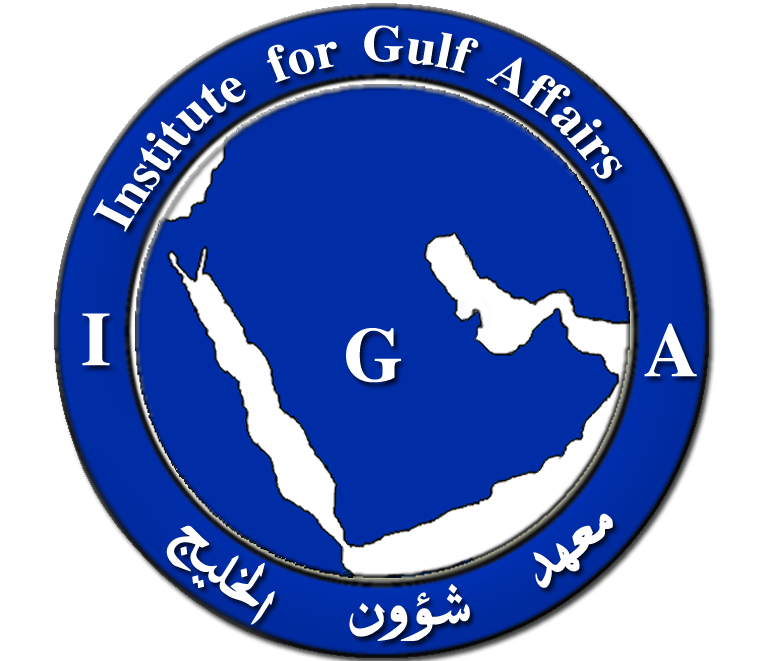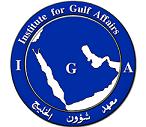Country Profile
|
Bahrain’s small size and central location among Persian Gulf countries require it to play a delicate balancing act in foreign affairs among its larger neighbors. Facing declining oil reserves, Bahrain has turned to petroleum processing and refining and has transformed itself into an international banking center. The new amir, installed in 1999, has pushed economic and political reforms and has worked to improve relations with the Shi’a community. In February 2001, Bahraini voters approved a referendum on the National Action Charter – the centerpiece of the amir’s political liberalization program. In February 2002, Amir HAMAD bin Isa Al Khalifa proclaimed himself king. In October 2002, Bahrainis elected members of the lower house of Bahrain’s reconstituted bicameral legislature, the National Assembly.
|


 BAHRAIN – COUNTRY PROFILE
BAHRAIN – COUNTRY PROFILE
Comments are closed.